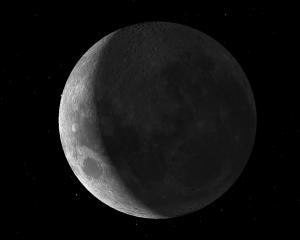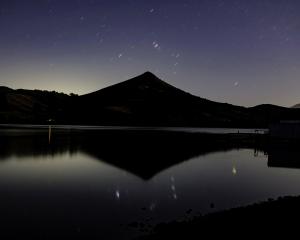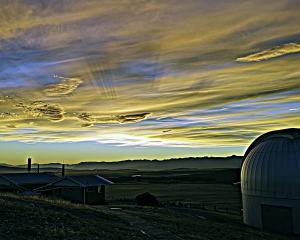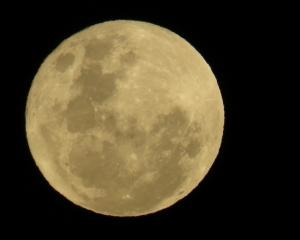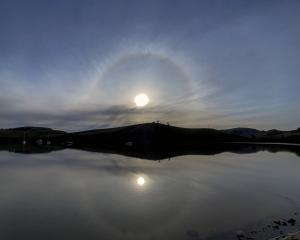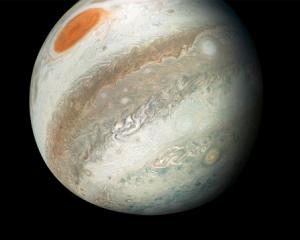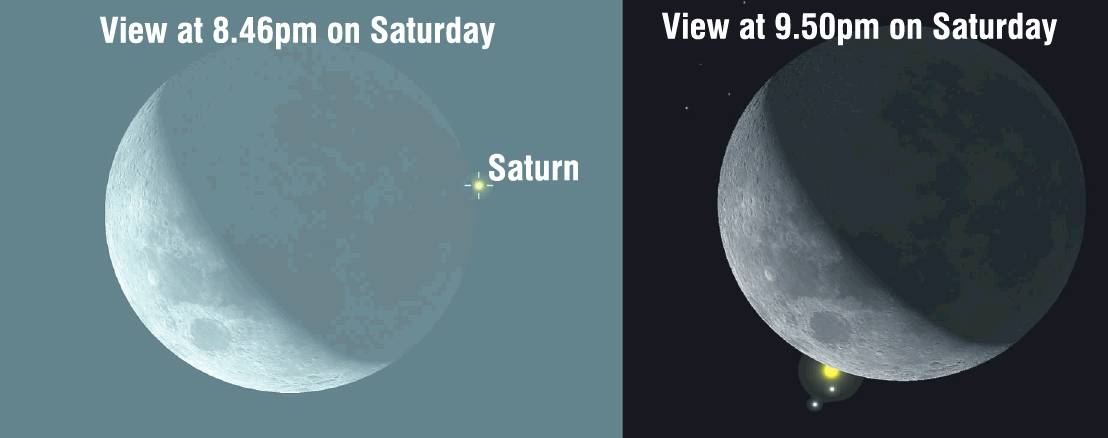
Back on April 24, along with many Otago stargazers, I stayed up well into the early morning hours to watch the first time this happened.
It was well worth it, though, as we got to enjoy the spectacle of Saturn being covered by our closest celestial neighbour.
This coming Saturday the most beautiful planet in the solar system once again passes behind the moon. What's even more exciting about this week's shenanigans is that they occur just after sunset, with the moon high in the sky.
In Dunedin, the event (astronomers call it a lunar occultation) begins just after 8.46pm. This is a few minutes after the sun sinks below the western horizon, so the sky will still be relatively bright. However, don't worry. The waxing crescent moon will be high in the sky and easy to find.
The occultation probably won't be visible to the naked eye. However, if you do have a telescope or binoculars, you'll have a ringside seat for a real celestial treat.
Make sure to set up your equipment an hour or so early to make sure you are ready for things to begin. If you do have a telescope, I suggest you get it out a few days beforehand and practise how to adjust and focus it.
If the weather gods co-operate, you will find it absolutely fascinating to watch Saturn as it slowly disappears behind the dark limb of the moon. Although the sixth planet is more than 1.5 billion kilometres away from us, it still takes the moon well over a minute to completely cover it.
An hour after it disappears, at approximately 9.50pm, Saturn will slowly emerge from behind the bright lunar crescent. By the time it reappears, the sky will be completely dark.
If you are using a telescope, you should be able to pick out some of the planet's brighter moons as the distance between Saturn and the moon increases.




